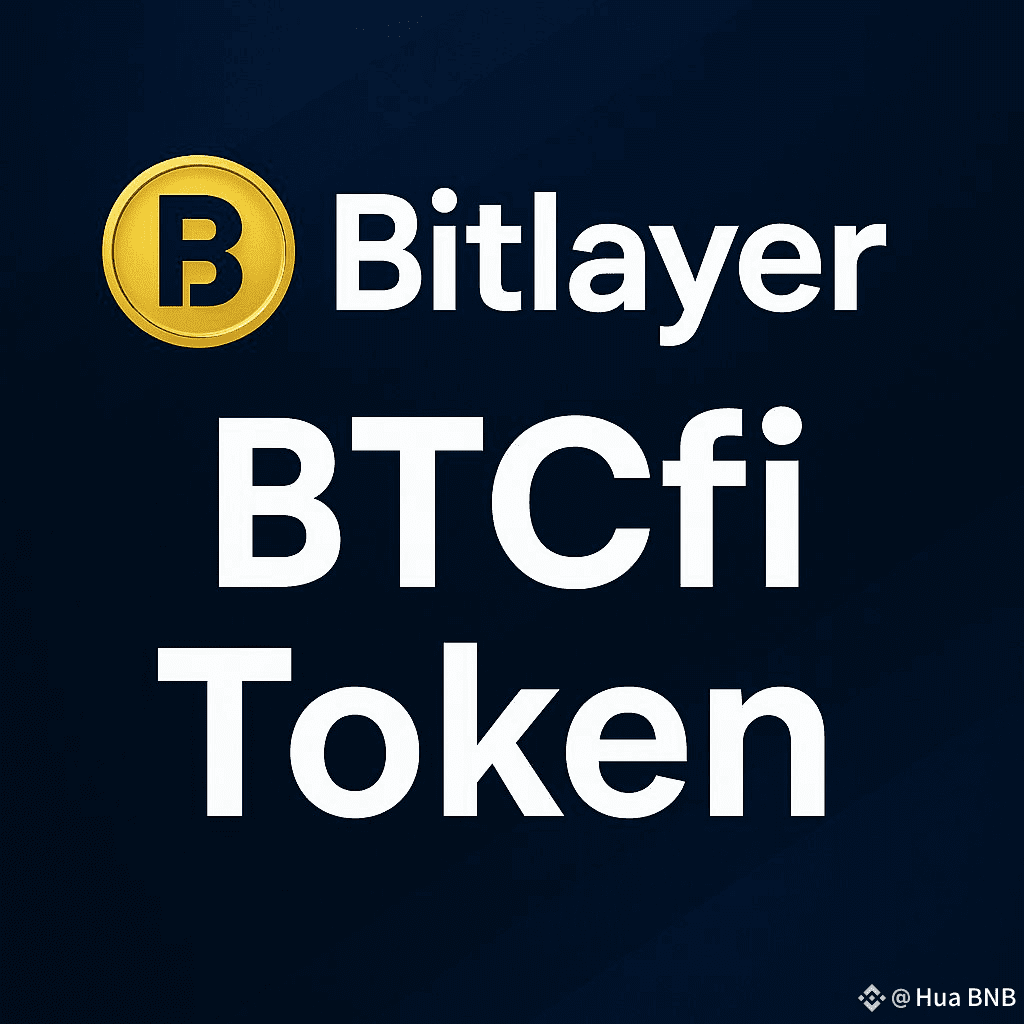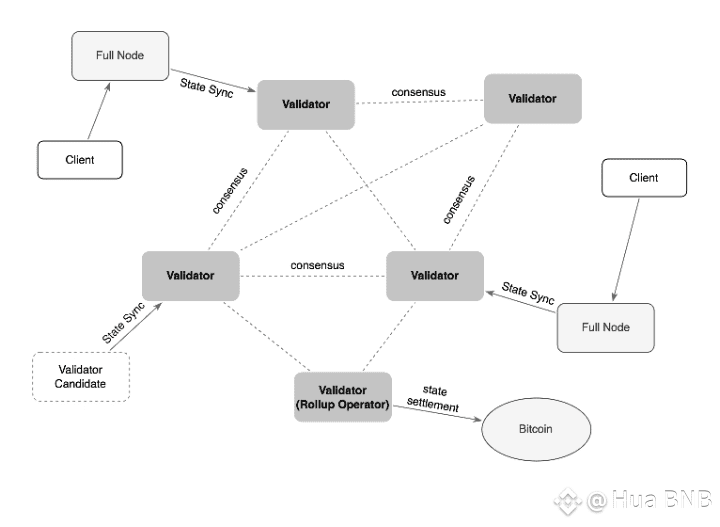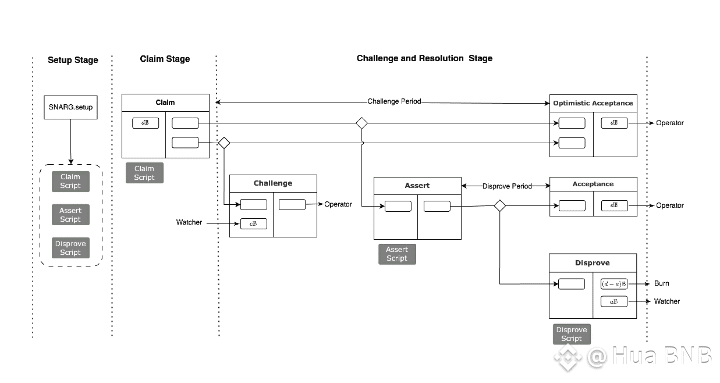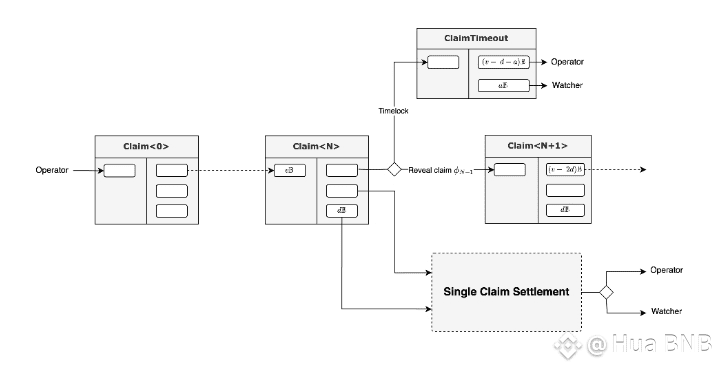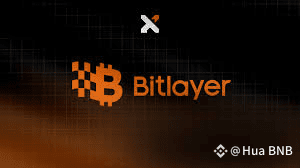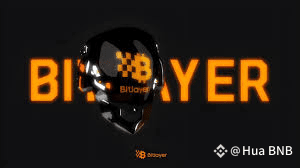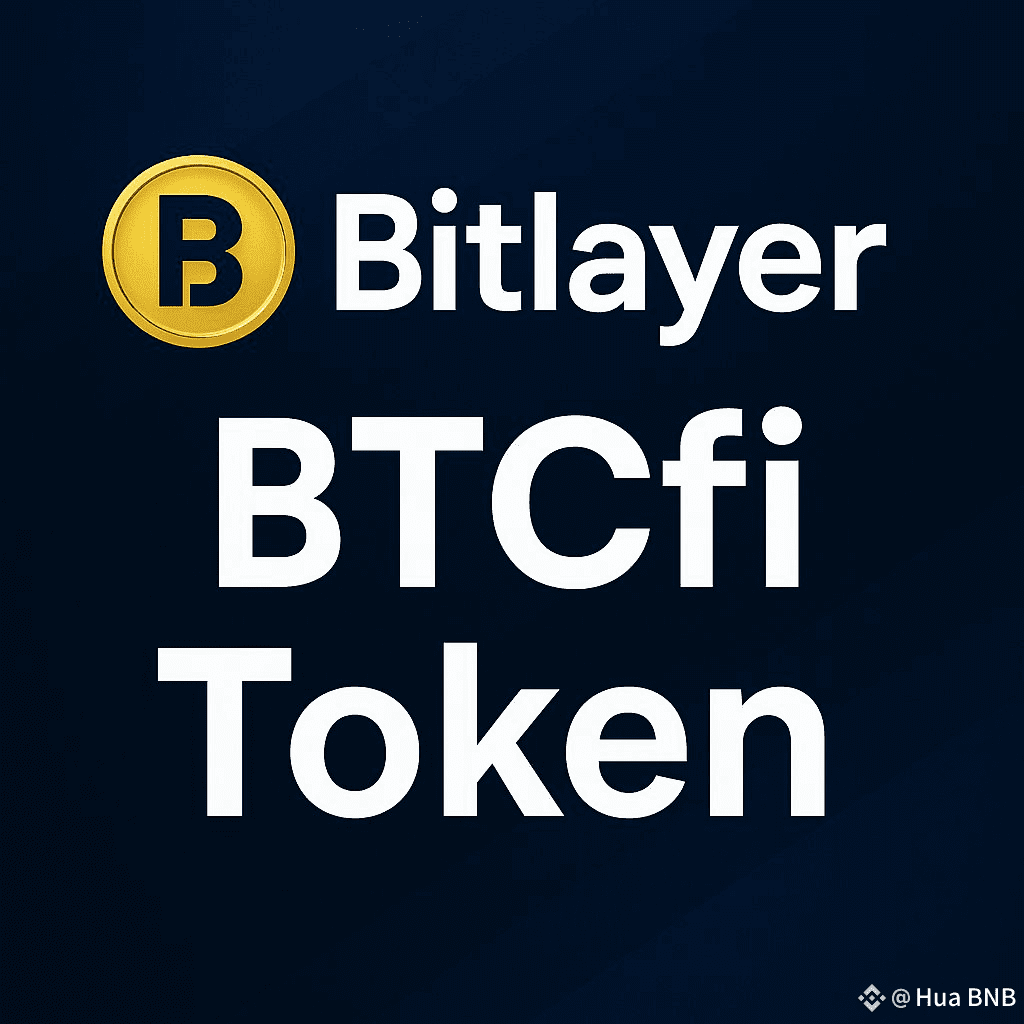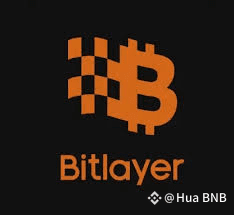Introduction – Unlocking Bitcoin’s True Potential
Bitcoin is the world’s most secure blockchain, but its limited transaction throughput and restricted programmability have prevented it from playing a major role in Decentralized Finance (DeFi). While many Layer 2 (L2) solutions have been introduced to solve scalability issues, most come with trust compromises — relying on federated multisignatures or posting transaction data without validating state transitions directly on Bitcoin’s mainnet.
Bitlayer Network changes this.
It’s a next-generation L2 that uses the BitVM paradigm to anchor all security directly to Bitcoin’s proof-of-work, while delivering fast, Turing-complete smart contract execution with sub-second transaction finality.
In short, #Bitlayer is the computational powerhouse for Bitcoin DeFi, built to securely tap into Bitcoin’s massive, underutilized capital.
Core Innovations of Bitlayer
Bitlayer introduces three key advancements that make it a breakthrough in Bitcoin scaling:
1. Modular Turing-Complete Execution Layer
Fully programmable smart contracts.
Built for high-demand applications like DeFi, gaming, and complex decentralized apps.
Achieves sub-second soft finality through a fast consensus mechanism.
2. Recursive Bitcoin Settlement for Rollups
First rollup protocol to use a recursive BitVM-based settlement system.
Verifies a continuous sequence of L2 state transitions on Bitcoin L1.
Provides Bitcoin-level security for all transactions.
3. Unified Bridge + Rollup Security Model
Secure asset bridge deeply integrated with the rollup protocol.
Asset transfers and rollup validity are enforced under one trust model.
Enables safe and seamless BTC transfers to and from L2.
Network Architecture – Dual-Level Power
Bitlayer operates with a two-tier system for speed and security:
1. Proof-of-Stake (PoS) Layer – Validators quickly sequence transactions, produce blocks, and maintain an EVM-compatible environment.
2. Bitcoin-Anchored Rollup Layer – Periodically commits the L2 state to Bitcoin for maximum security and data availability.
Key Participants in the Bitlayer Ecosystem
Validators:
Secure the PoS network by producing and validating L2 blocks.
Stake BTR tokens to join the validator set and earn rewards.
Influence is proportional to total stake (including delegated tokens).
Rollup Operator:
Selected from the validator set.
Bundles L2 transactions into batches, generates proofs, and settles them on Bitcoin.
Locks BTC collateral on L1 to ensure honesty.
Role rotates to prevent censorship or centralization.
Full Nodes:
Maintain a complete copy of the Bitlayer blockchain.
Independently verify all transactions and enforce protocol rules.
Dual-Level Transaction Finality
Bitlayer offers two types of finality depending on speed vs. security needs:
1. Soft Finality –
Sub-second confirmation via PoS consensus.
Backed by validator economic stake.
2. Hard Finality –
Achieved once L2 state is finalized on Bitcoin.
Uses an optimistic rollup model with a ~7-day challenge period.
Requires only one honest participant to challenge fraud, giving Bitcoin-level security.
Settlement on Bitcoin – How It Works
Settlement is the heart of Bitlayer’s security model, ensuring that L2 transactions are locked into Bitcoin’s immutable ledger.
Challenges of Bitcoin Settlement:
Bitcoin’s scripting language is not Turing-complete, so traditional on-chain verification is limited.
Bitlayer overcomes this using BitVM2 and advanced cryptographic proofs.
Cryptographic Building Blocks
1. Groth16 SNARGs
Succinct, non-interactive proofs that verify computations efficiently.
Allow settlement proofs to be verified within Bitcoin’s scripting limits.
2. Hash-Based One-Time Signatures (HOTS)
Native to Bitcoin’s script operations.
Secure, lightweight, and ideal for linking claims in sequence.
Ensures fraud-proof verification of L2 state transitions.
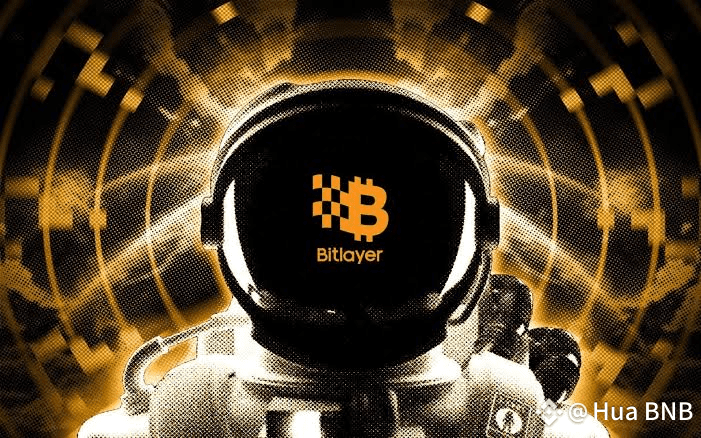
Single State Claim Verification – Fraud-Proof Game
Bitlayer’s settlement protocol verifies each state update through a challenge-response game:
1. Setup Stage:
Scripts and verification programs are pre-generated and split into smaller “chunks.”
Locking scripts enforce signed claims and proof publication.
2. Claim Stage:
Operator posts a claim with BTC collateral.
Watchers verify validity — no challenge means the claim is accepted.
3. Challenge Stage:
If a Watcher detects fraud, they post a smaller collateral to challenge.
Operator must publish verification results for all chunks.
If any inconsistency is found, the Operator’s collateral is slashed.
Chaining Claims – Continuous Rollup Verification
Instead of verifying isolated claims, Bitlayer links claims in a continuous chain:
Claim Connectors:
Each claim produces a UTXO that must be consumed by the next claim.
Prevents gaps or manipulation in claim history.
Parallel Verification:
New claims can be posted before previous ones are fully resolved.
If a prior claim is proven fraudulent, all subsequent claims are invalidated.
Security Model – One Honest Watcher Rule
Bitlayer’s fraud-proof security works on the principle that only one honest watcher is needed to keep the system secure.
Security Properties:
Completeness: Honest claims are never penalized.
Soundness: Fraudulent claims are always catchable.
Efficiency: All disputes are resolved in bounded time.
Why Bitlayer Matters for Bitcoin DeFi
By combining PoS scalability with Bitcoin settlement security, Bitlayer creates the missing link for Bitcoin-based DeFi:
Bitcoin-level trust for smart contracts.
Near-instant transaction confirmations.
Secure asset bridging without custodial risk.
Modular execution for advanced dApps.
Final Thoughts
Bitlayer is more than just a scaling solution — it’s a secure computational infrastructure for the next era of Bitcoin applications. With fast execution, trustless settlement, and deep integration with Bitcoin, it unlocks the potential for a truly decentralized, high-performance DeFi ecosystem on BTC.


